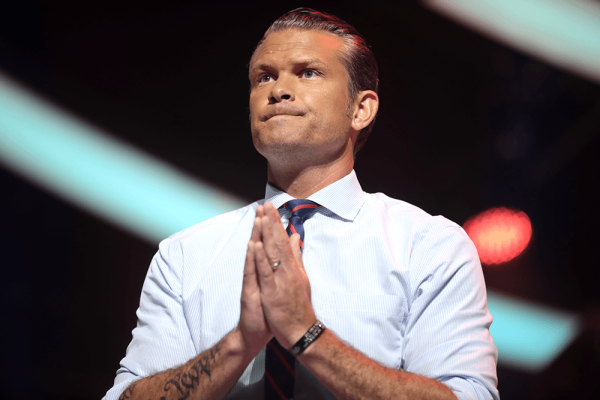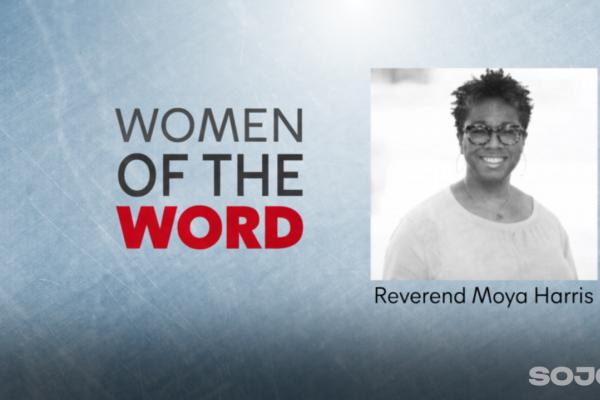The first satellite photo shows color. Trees. Dry-green patches of lawn. Roofs in various hues of adobe, brick, and brown. The occasional blue rectangle or circle of a backyard pool. Shadows from sun and clear skies.
The second overhead shot of the same neighborhood is a charred hellscape. Grey ash. Black blotches of incinerated trees. No water. No color, except for two orange rips in the canvas where the Los Angeles fire is still burning.
Perched on his Inauguration Day throne, one of Donald Trump’s first acts as president was to sign executive orders withdrawing the United States from the Paris climate agreement, declaring an “energy emergency” to facilitate fossil fuel expansion, stopping the disbursement of clean energy funds appropriated through the Inflation Reduction Act, taking the entire Eastern seaboard out of play for offshore wind energy, and gutting requirements to ensure that science guides government decision-making on climate change.
We’d all known these were coming, but the finality was still a kick to the solar plexus. The loss of these policies and regulations, each representing years of effort, hurts badly.
The Paris agreement exit was the cornerstone of these horrors. The world’s political response to the climate crisis is built around pledges called Nationally Determined Contributions, which each country must update every half decade. The agreement forces countries, including the U.S., to face the consequences of their policies — at least for two weeks every year at the annual UN climate negotiations, referred to as “COP” for conference of parties. National leaders can bob and weave around the climate issue domestically. But at each November’s COP, the Paris agreement forces at least a modest global reckoning in the negotiations and through the media, mass mobilizations, and public engagement. Has the agreement been up to the task of getting the world on target to limit warming to the critical 1.5-degree Celsius benchmark? No. Has it been a big improvement on no agreement at all? Without question — by pressuring countries to act and forcing recognition that we are all in the same boat. To make the timing worse, 2025 is a year during which updated country pledges are due. At a critical moment, the U.S. withdrawal and this administration's fossil fuel cheerleading will move the needle in the wrong direction.
What does our withdrawal from the Paris agreement and other climate assaults actually mean? Many have observed that despite Trump’s proclamations, he can slow but not stop an energy transition that is both inevitable and well underway. For example, a majority of funding from the Inflation Reduction Act, which promotes clean energy manufacturing and development, is earmarked for congressional districts that voted for Trump. Will congressional Republicans really vote to stop solar, wind, and battery storage projects bringing money and jobs to their districts?
In addition, auto manufacturers understand that the future is electric, and revoking the EV mandate only delays the inevitable transition. Energy analysts have noted that encouraging new fossil fuel expansion will have relatively little impact on production due to an oversupply of fossil fuels on the global market.
These arguments may hold some truth. But reversing or slow-walking existing commitments is breathtakingly dangerous. The past 10 years have been the hottest ten on record. Horrifying climate catastrophes are now a regular occurrence (the LA fires, Hurricane Helene, Hurricane Milton, just to name a few recent examples). A 2023 study found that over 3 million Americans are already “climate migrants.”
Because these impacts are increasingly blatant, public opinion is shifting. A November 2024 poll by the Secure Energy Project showed that worldwide climate change ranked second on a list of national concerns, falling behind only cost of living. Two-thirds of U.S. respondents were either very worried or somewhat worried. One-fifth of U.S. respondents said that climate change was their top concern, while 21 percent named immigration. Based on the new administration’s actions so far, it seems they think that too little climate change, not too much, is the real danger. At some point, there will be a price to pay for such a cynically callow stance.
That brings us to the question of symbolism — an arena in which Trump and religious leaders both have core competencies. It is vital to understand that along with destroying actual progress on climate change, the actions of this new administration threaten to kill the hope that sustains the climate movement. The flippant ease with which Trump dispatched U.S. participation in the Paris agreement not only kneecapped the energy transition but could also eradicate the joyful, sacred aspiration that a future with abundant clean energy and a fossil fuel phaseout — with enormous attendant benefits — can become real. While he’ll have some success slowing the energy transition, it’s vital that we keep hope alive. That’s where religious leadership comes in.
It’s become fashionable for columnists to chide those who are deeply concerned about the climate crisis for “clutching our pearls” every time there’s more bad news. These commentators have adopted a tone reminiscent of parents counseling hot-headed teens that it’s time to tone it all down. I couldn’t disagree more. There is, at present, no capable political opposition to a morally repugnant regime whose actions will cause millions of deaths and immeasurable trauma and loss. And in the face of all that, we’re just supposed to … grow up? Please.
In the coming months, there’s a vital opportunity for religious leaders and people of faith to speak out. During his campaign, Trump courted fossil fuel executives who showered him with tens of millions in contributions. With tax legislation forthcoming, the administration and industry’s congressional allies now want to enrich Big Oil at the expense of the climate and taxpayers with subsidies exceeding $170 billion over the next decade. Nearly half of all U.S. oil and gas projects owe their profitability to these government handouts. Only a few votes are needed to stop them in their tracks and a new campaign called United to End Polluter Handouts is launching this week to do exactly that. It is crucial to show that thousands of religious communities believe that there’s a better way to spend $170 billion than to line the pockets of billionaire executives.
That’s why faith leaders need to cry out passionately, clearly, and repeatedly. In pulpits. On social media. In letters to the editor. And more. When facing a rapid-fire reality-manipulator, we need to muster unwavering public pride in our moral commitment to the planet. It will help us weather the storm, uncover new resolve, encourage others, and persist for the sake of life. Destroying the planet is against our religion and disobedient to God’s call to steward creation. People of faith need to remember it, say it, and mean it.
Got something to say about what you're reading? We value your feedback!





